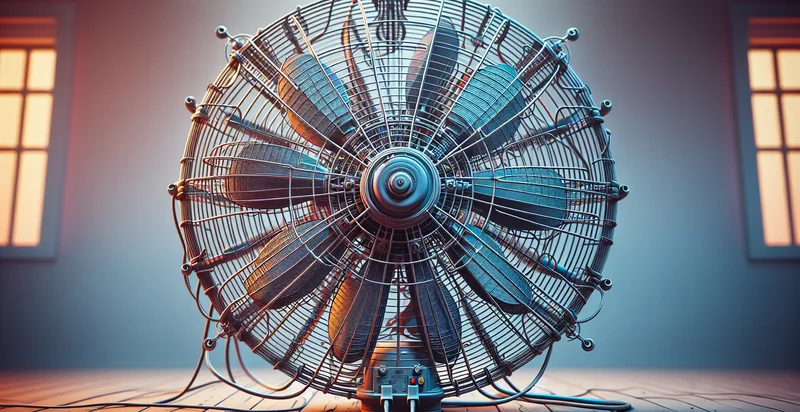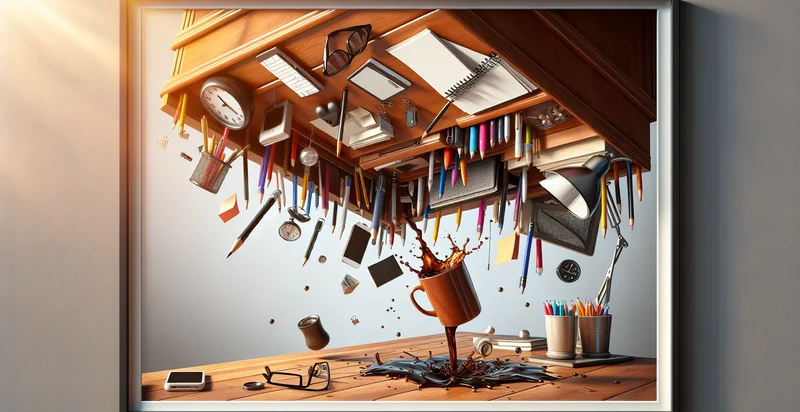Identify if fan is upside down
using AI
Below is a free classifier to identify if fan is upside down. Just upload your image, and our AI will predict if the fan is upside down - in just seconds.

Contact us for API access
Or, use Nyckel to build highly-accurate custom classifiers in just minutes. No PhD required.
Get started
import nyckel
credentials = nyckel.Credentials("YOUR_CLIENT_ID", "YOUR_CLIENT_SECRET")
nyckel.invoke("if-fan-is-upside-down", "your_image_url", credentials)
fetch('https://www.nyckel.com/v1/functions/if-fan-is-upside-down/invoke', {
method: 'POST',
headers: {
'Authorization': 'Bearer ' + 'YOUR_BEARER_TOKEN',
'Content-Type': 'application/json',
},
body: JSON.stringify(
{"data": "your_image_url"}
)
})
.then(response => response.json())
.then(data => console.log(data));
curl -X POST \
-H "Content-Type: application/json" \
-H "Authorization: Bearer YOUR_BEARER_TOKEN" \
-d '{"data": "your_image_url"}' \
https://www.nyckel.com/v1/functions/if-fan-is-upside-down/invoke
How this classifier works
To start, upload your image. Our AI tool will then predict if the fan is upside down.
This pretrained image model uses a Nyckel-created dataset and has 2 labels, including Fan Is Upright and Fan Is Upside Down.
We'll also show a confidence score (the higher the number, the more confident the AI model is around if the fan is upside down).
Whether you're just curious or building if fan is upside down detection into your application, we hope our classifier proves helpful.
Related Classifiers
Need to identify if fan is upside down at scale?
Get API or Zapier access to this classifier for free. It's perfect for:
- Quality Control in Manufacturing: This function can be implemented in manufacturing facilities to ensure that ceiling fans are assembled correctly before they are packaged and shipped. By identifying upside-down fans, manufacturers can reduce the number of returns and enhance customer satisfaction.
- Home Installation Guidance: A mobile app for home improvement could use this classification function to help customers verify the correct installation of ceiling fans. Users can simply take a photo of the installed fan, and the app will provide feedback on whether it is positioned properly, enhancing usability and reducing errors.
- Retail Inventory Management: Retailers can deploy this technology in their inventory systems to monitor display setups in stores. If a fan is displayed upside down, the system can alert staff to correct the orientation, ensuring products are showcased effectively to potential customers.
- Smart Home Integration: Smart home devices can leverage this capability to provide feedback on ceiling fan installations. If a homeowner attempts to integrate a fan into their smart home system and it is detected as upside down, the system can notify them before significant issues arise in operation.
- Installation Training Programs: Training programs for electricians and home installation workers could utilize this identifier to teach proper fan installation. By showing them examples of incorrectly installed fans and using the feature for practice assessments, trainees can develop a better understanding of installation standards.
- Customer Support Automation: Customer support platforms can integrate this function to assist users experiencing issues with their ceiling fans. If customers report malfunctioning fans, the support system can automatically analyze images submitted by users to determine if the installation is the problem, streamlining troubleshooting processes.
- Product Development Feedback: Design teams for ceiling fans can use this function during prototyping to test models that could be confused for upside-down installation. By analyzing user data and feedback, they can iterate designs that minimize installation errors while addressing aesthetic considerations.


